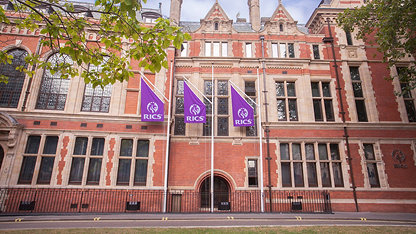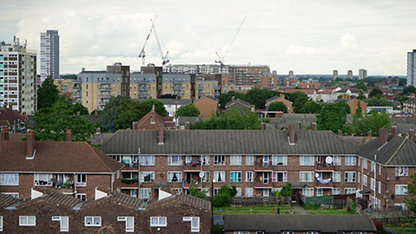Projects procured by selected competition tend to produce the lowest price levels, while price levels in negotiated contracts are on average 13% higher.
These results are from the BCIS Tender Price Studies, which are based on the comparison of rates within accepted contracts. Price levels within a contract are not necessarily indicative of the overall cost and different procurement selection practices may produce other advantages (such as earlier delivery). However, the price level does provide a basis for judging these.
Sample sizes are small for some contractor selection routes and the projects included in the study are not necessarily typical – for example, Design and Build schemes will have included priced bills of quantity. However, the results would indicate that price levels in Design and Build contracts are around 5% higher than traditional Design and Bid contracts.
Price levels in negotiated contracts within a framework agreement are generally lower than negotiated contracts.
The vast majority of projects in the study were let on a competitive basis (94%), with selected competition being the most common (74%).
Pricing level (percentage relative to mean of all schemes in the study)
Source: BCIS
The Tender Price Studies are published in BCIS online and explore pricing level differences by:
- Location
- Contract sum
- Building function
- Selection of contractor
- Building height
- Site working space
- Site access
- Type of work















